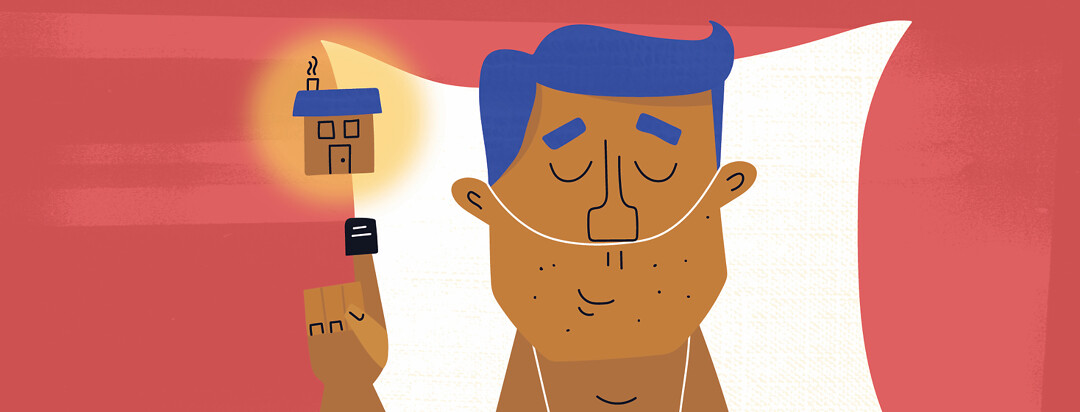Taking an At-Home Sleep Study
If you read my article Why You Need to Keep Current With Your Sleep Doctor, you’ll remember that my 15-year-old CPAP died and that I had to rent one since I hadn’t seen my doctor in over 15 years.
Once I got in to see my doctor, we had a chuckle over how long it had been since my last appointment. He was astonished that my CPAP lasted 15 years. We discussed my symptoms without the CPAP and he agreed that I probably still had sleep apnea. However, the insurance company will want proof before they pay for a new CPAP.
My concerns about an in-person sleep study
I have a form of muscular dystrophy called spinal muscular atrophy, and it’s a progressive disease. The spinal muscular atrophy has left me considerably weaker than I was 15 years ago. So I was putting off this appointment because I really didn’t want to do an overnight sleep study.
Due to my disability, I require a lot of assistance and I’m not comfortable with having new people assisting me. I explained my concerns to the doctor. Luckily for me, they were only doing at-home sleep studies due to the pandemic.
Limited equipment and extra precautions
The doctor put me in contact with the sleep center that would be administering my sleep test. I called to schedule my appointment. They explained to me that because of the pandemic, things would be moving a little slower. They had a limited amount of equipment and due to the pandemic, they were taking extra precautions. I had to wait about a month before they could send me the sleep study.
Explaining the testing process
Once I was scheduled to receive the sleep study, I received a call from the sleep center and they explained the process to me. I would receive the test via a carrier on Wednesday. They told me to wait until Thursday to actually take the test.
Someone from the sleep center called at a scheduled time on Thursday. They explained to me how to hook up the monitor for the sleep test. They provided me with a phone number I could call during the night if I had any issues. I was told they needed at least 4 hours of “study time” for the test to work.
What happens during the home sleep study?
The actual monitor for the test was noninvasive. Unfortunately for me, you can’t use CPAP during the test. I have been a CPAP user for over 20 years, and any night without it is a huge struggle for me. The monitor consisted of a strap around my chest, an oxygen sensor on my finger, and a small tube that sat under my nose to monitor my breathing.
That night of sleep was not very good for me due to the fact I wasn’t wearing CPAP. The next morning, I boxed up my test in the box they sent and then affixed the shipping label on the box and dropped it off. The sleep center explained that due to COVID-19, they would not touch my sleep study until it sat for 72 hours. This protocol was in place because of the pandemic.
Overall, a good experience
I preferred the at-home sleep study over the ones I have received in the sleep center. It is a lot more comfortable sleeping in your own bed. I also liked the fact that I didn’t need all of those extra wires glued to my arms, legs, and head. All in all, it’s a much simpler process.

Join the conversation